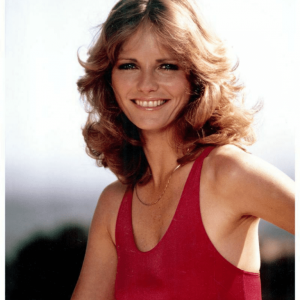In the golden age of Hollywood, where beauty often overshadowed depth, Tuesday Weld stood out as something extraordinary. With her striking features, quiet defiance, and refusal to conform to the “perfect starlet” mold, she became an icon of independence and authenticity. At 82, she may have stepped away from the spotlight, but her influence continues to echo across generations of actors who admire her courage to choose art over fame.
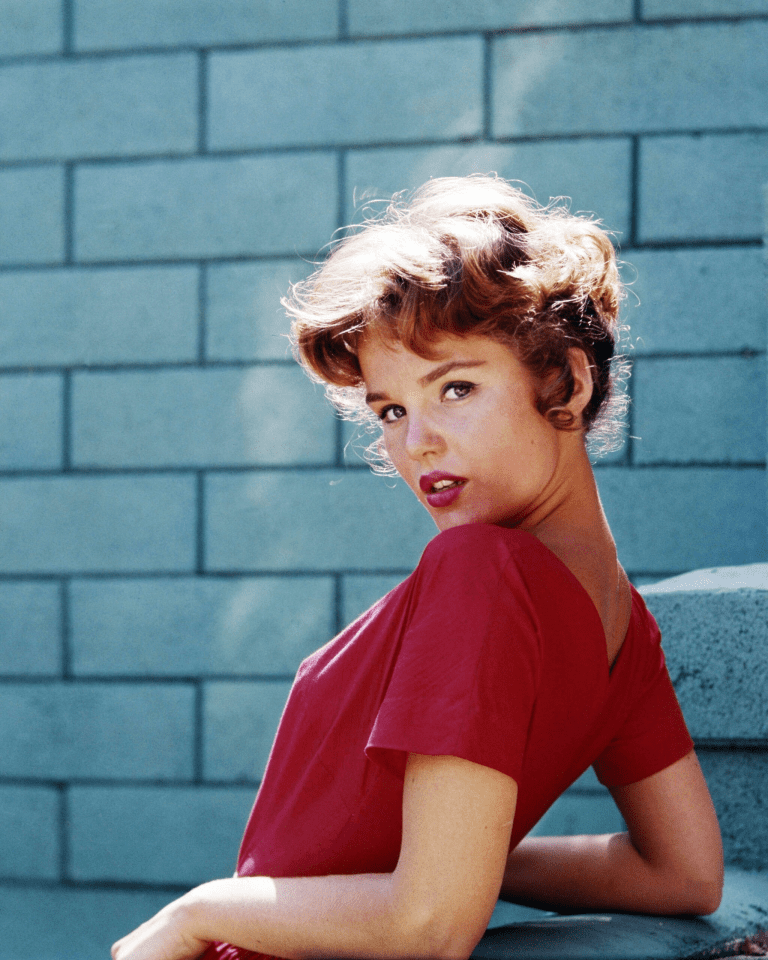
From Susan to Tuesday: A Childhood Forged in Hardship
Born Susan Ker Weld on August 27, 1943, in New York City, she came into the world surrounded by both privilege and loss. Her father passed away when she was just three years old, leaving her mother to raise three children alone. To survive, her mother pushed young Susan into modeling, and by age three, she was already a professional — her face appearing in advertisements and magazines.
Yet behind the child-star smile was a young girl forced to grow up too soon. By her early teens, she had battled anxiety and emotional breakdowns, a result of being the family’s breadwinner. But those early hardships built her resilience. When she turned sixteen, she legally changed her name to Tuesday — a symbolic break from her past and a declaration that she would live on her own terms.
Video : Tuesday Weld’s Got It!
Early Acting Days: Rising Through Grit and Talent
Weld’s screen debut came in Alfred Hitchcock’s The Wrong Man (1956), where her small but memorable role hinted at her potential. Soon after, she appeared in Rock Rock Rock! — a lively teen musical that perfectly fit the rebellious spirit of 1950s youth culture.
But it was television that made her a household name. From 1959 to 1962, she starred as the clever and captivating Thalia Menninger in The Many Loves of Dobie Gillis. The performance earned her a Golden Globe for Most Promising Newcomer and instant fame. Yet, Tuesday refused to be boxed in by her image as a charming teen star. She wanted more — roles that explored complexity, darkness, and truth.
Defying Hollywood’s Expectations
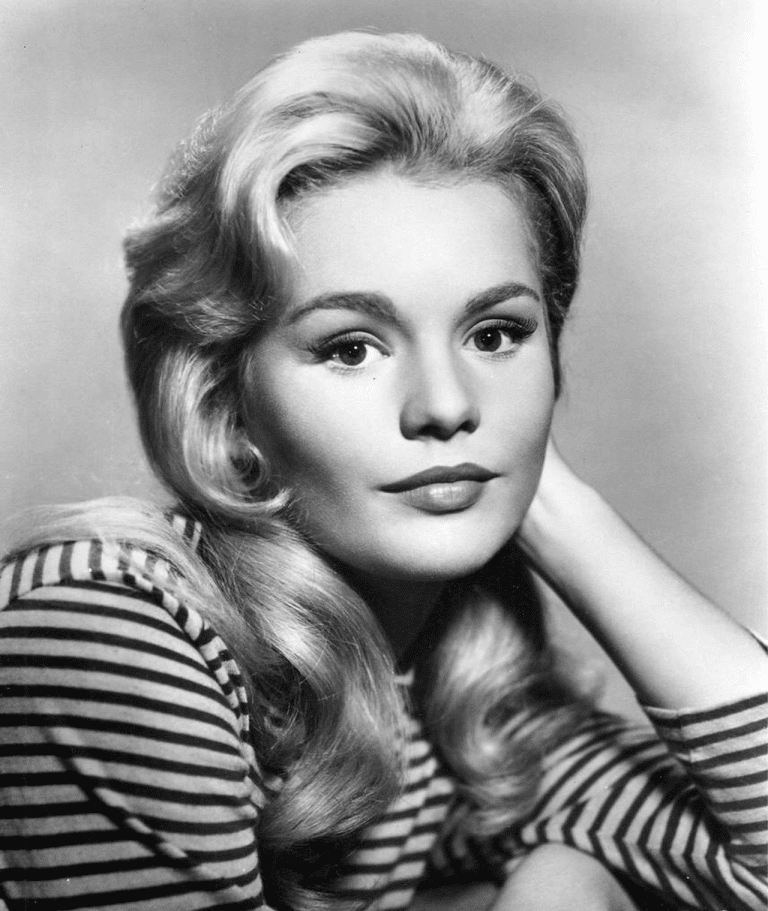
In a time when studios expected women to smile and comply, Tuesday Weld made a different choice. She turned down roles that most actresses would kill for — including Lolita (1962) and Bonnie and Clyde (1967). Her reason? She didn’t want to play parts that felt hollow or exploitative.
Instead, she chose characters that mirrored real life — flawed, passionate, and painfully human. In The Cincinnati Kid (1965) opposite Steve McQueen, she delivered a performance filled with emotional depth. Then came Pretty Poison (1968), a dark, psychological thriller that cemented her reputation as a risk-taking actress. Critics praised her ability to balance innocence with danger, calling her one of the most underrated talents of her generation.
Breaking Barriers in the 1970s and 1980s
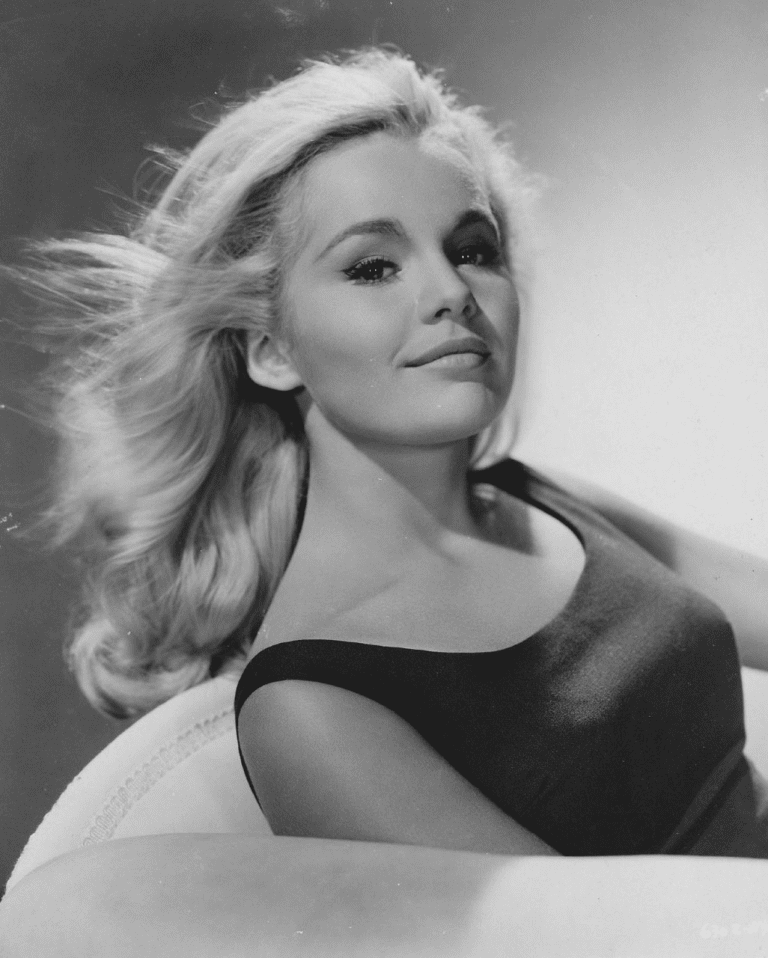
The 1970s saw Tuesday Weld at the height of her artistic power. In Looking for Mr. Goodbar (1977), she portrayed a complex woman leading a double life — a performance that earned her an Academy Award nomination. Her later roles in Thief (1981), Author! Author! (1982), and Sergio Leone’s Once Upon a Time in America (1984) proved she could hold her own alongside Hollywood heavyweights like James Caan, Al Pacino, and Robert De Niro.
Video : What’s My Line? – Tuesday Weld; Dana Andrews [panel]; Johnny Carson [panel] (Jan 14, 1962)
Each performance was different, yet unmistakably hers — natural, introspective, and emotionally raw. She wasn’t afraid to portray women with contradictions — powerful yet vulnerable, beautiful yet broken. That honesty made her unforgettable.
Love, Loss, and Personal Reinvention
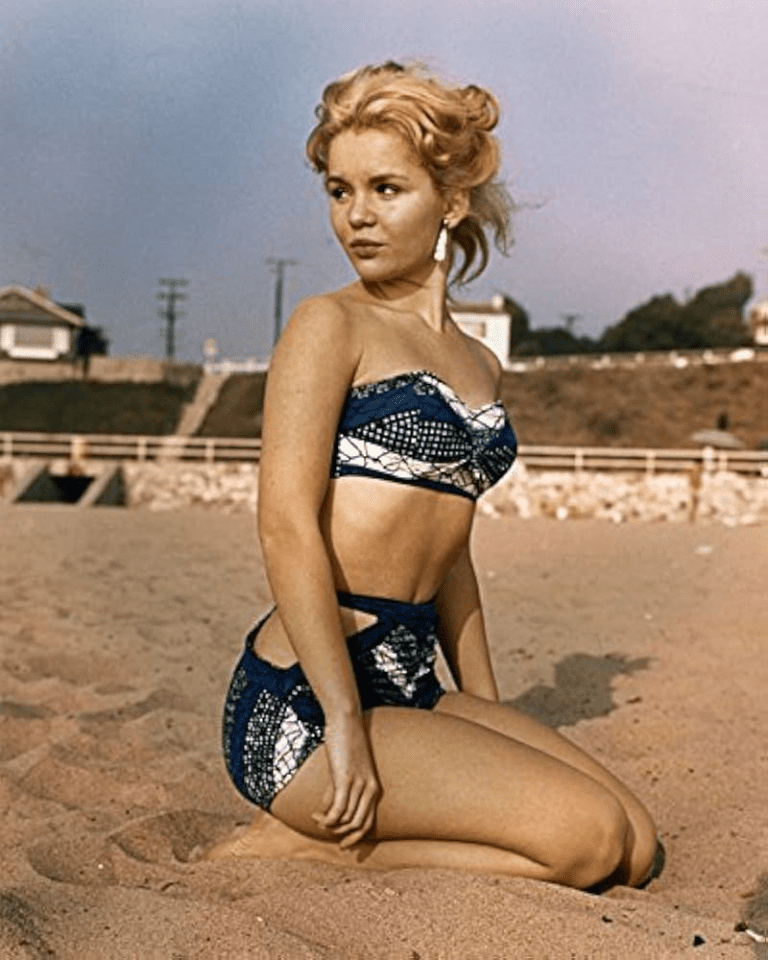
Weld’s off-screen life was as compelling as her filmography. She had relationships with famous men, including Elvis Presley and Omar Sharif, but never let romance define her. Her three marriages — to screenwriter Claude Harz, comedian Dudley Moore, and violinist Pinchas Zukerman — all ended in divorce, yet she remained resilient.
She was candid about the emotional scars left by her upbringing, often saying she was “pushed into adulthood too early.” That emotional honesty, while painful, became the foundation of her art. She poured those experiences into her roles, giving them authenticity few actresses could match.
Stepping Away with Grace
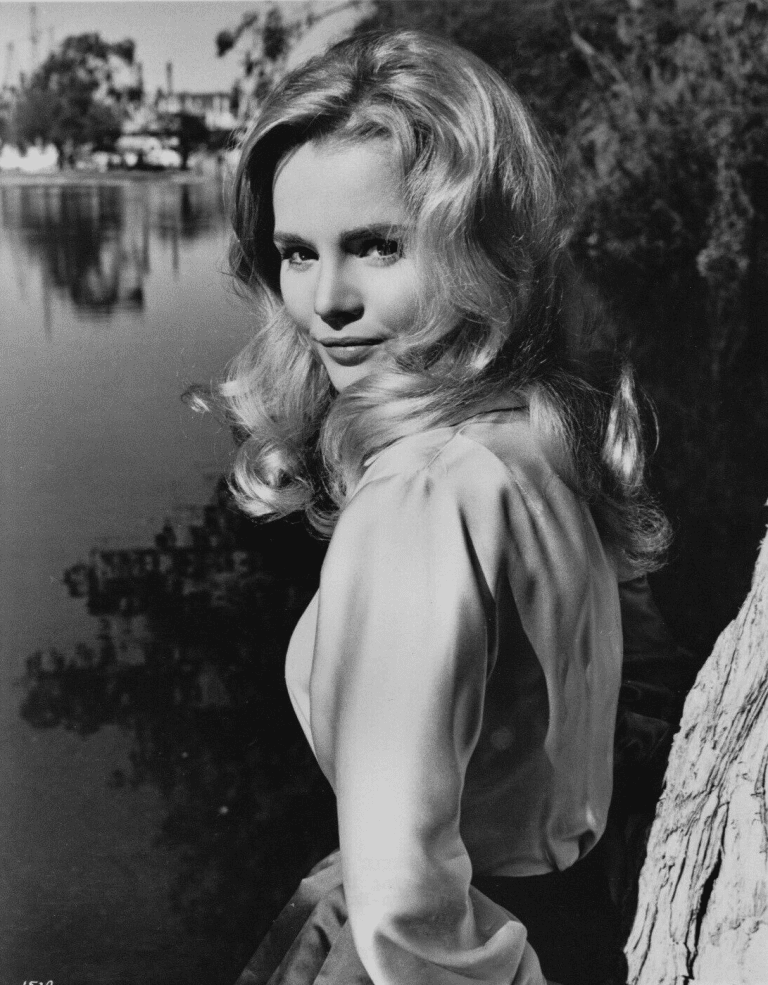
By the 1990s, Tuesday Weld began retreating from Hollywood’s relentless pace. She appeared in a few selective projects — Falling Down (1993), Feeling Minnesota (1996), and her final screen role in Intimate Affairs (2001). After that, she quietly disappeared from the public eye, choosing peace over publicity.
Settling in Aspen, Colorado, Weld embraced a life of privacy and reflection. She rarely granted interviews or attended Hollywood events, preferring a simple existence far removed from the chaos of fame. And perhaps that’s what makes her story even more compelling — she walked away not because she had to, but because she wanted to.
The Legacy of a Reluctant Star
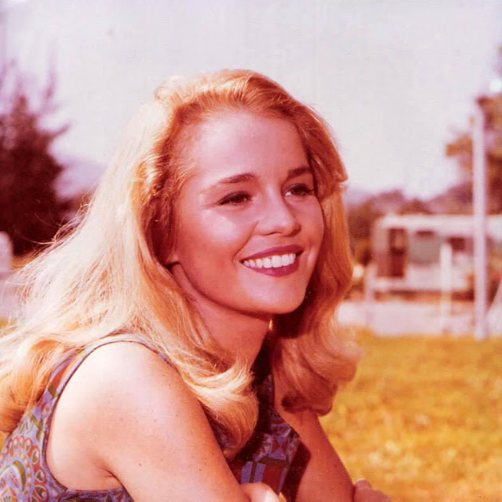
In an industry obsessed with reinvention, Tuesday Weld didn’t change to survive — she stayed true to herself. Her refusal to play by Hollywood’s rules made her an icon of authenticity. She wasn’t interested in fame for fame’s sake. Instead, she chose truth over glamour, art over popularity.
You can see her influence in actresses who came after her — from Michelle Pfeiffer to Scarlett Johansson — women who bring depth and mystery to beauty. Weld’s filmography remains a masterclass in subtlety and emotional realism, a reminder that quiet rebellion can sometimes make the loudest statement.
Conclusion: The Woman Who Lived on Her Own Terms
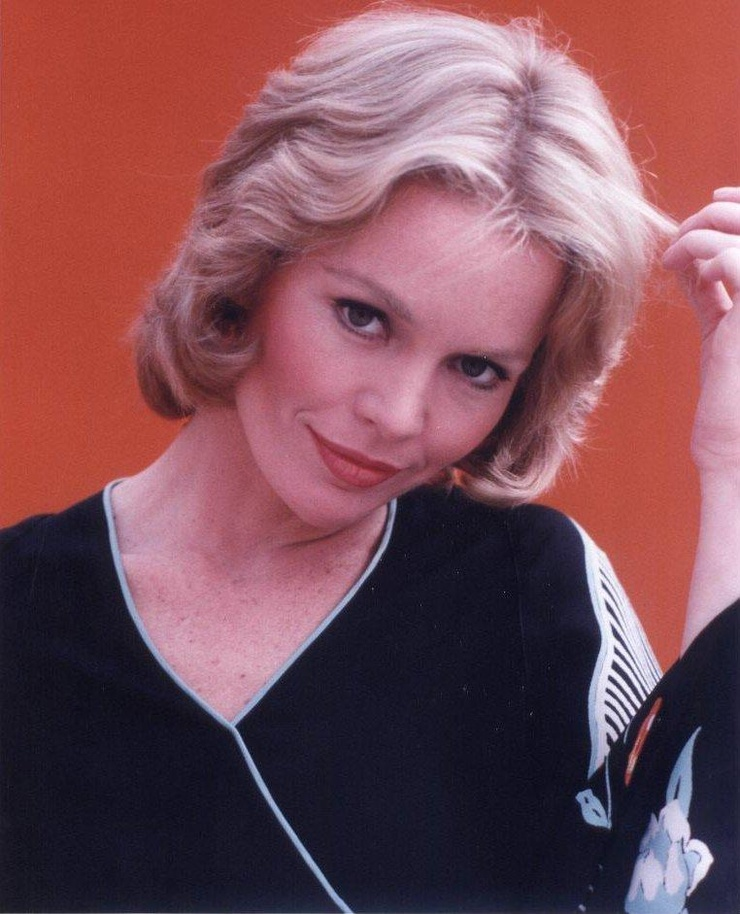
Tuesday Weld’s life is more than a story of Hollywood success — it’s a testament to strength, self-awareness, and the courage to walk away. She proved that fame doesn’t define worth and that authenticity lasts longer than applause.
At 82, she stands as one of cinema’s most enigmatic figures — a woman who turned her pain into art and her independence into legacy. Her journey reminds us that true stars don’t just shine; they illuminate the path for others to follow.
She may live in quiet solitude today, but the echo of her brilliance — her defiance, her depth, her beauty — will forever light up the golden age of American cinema.

